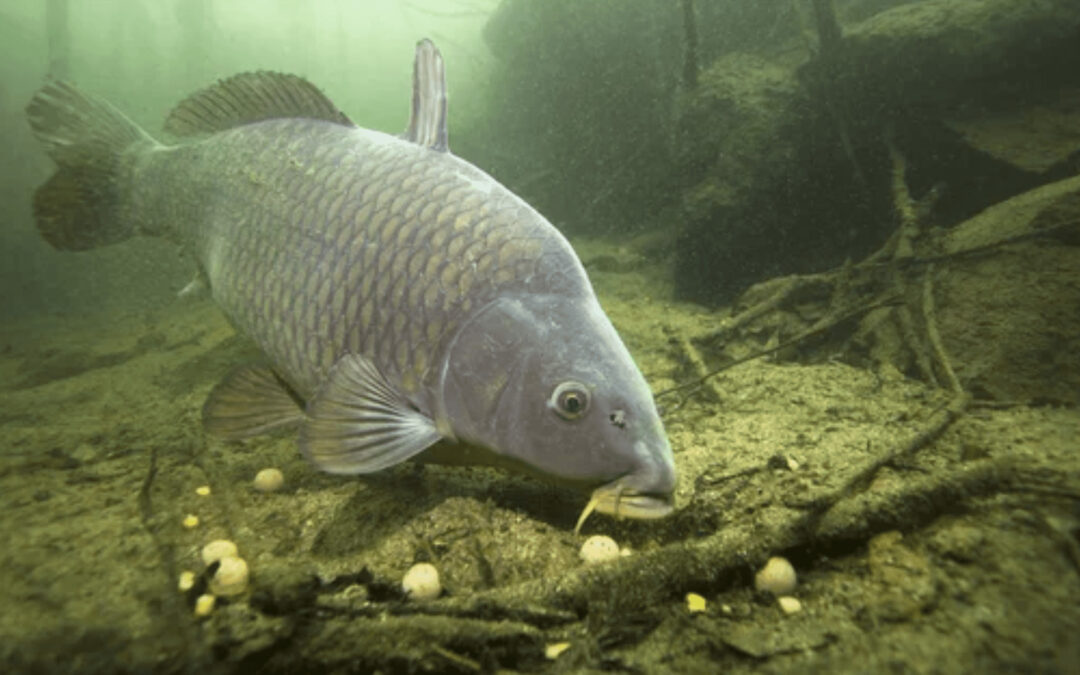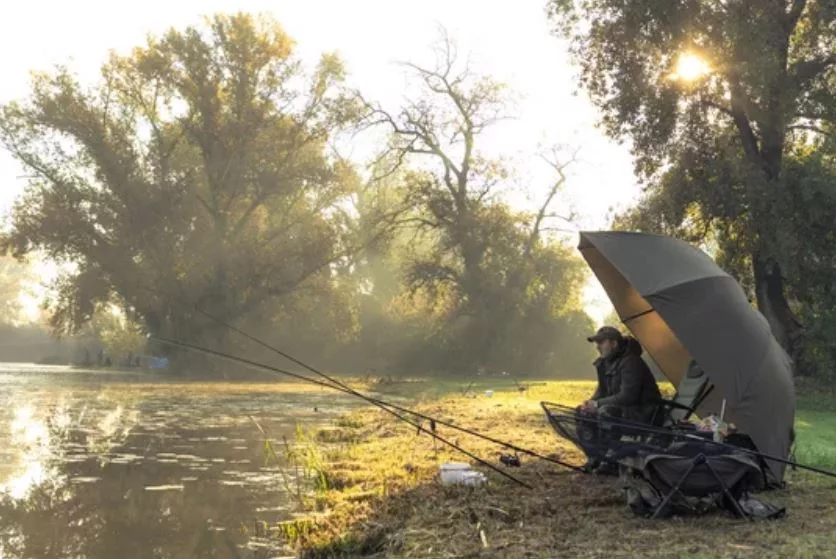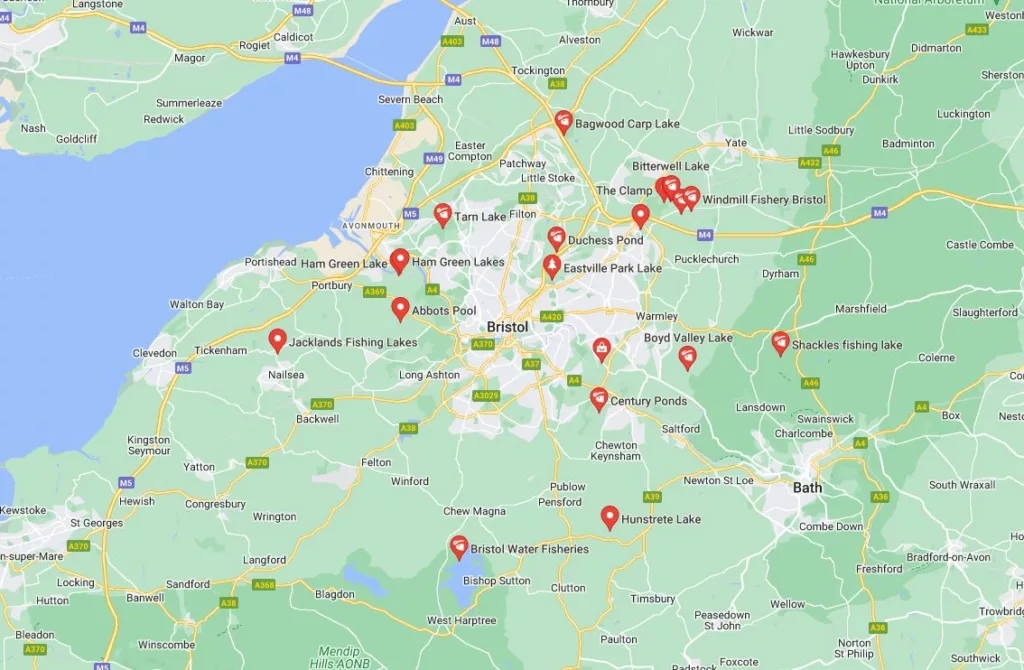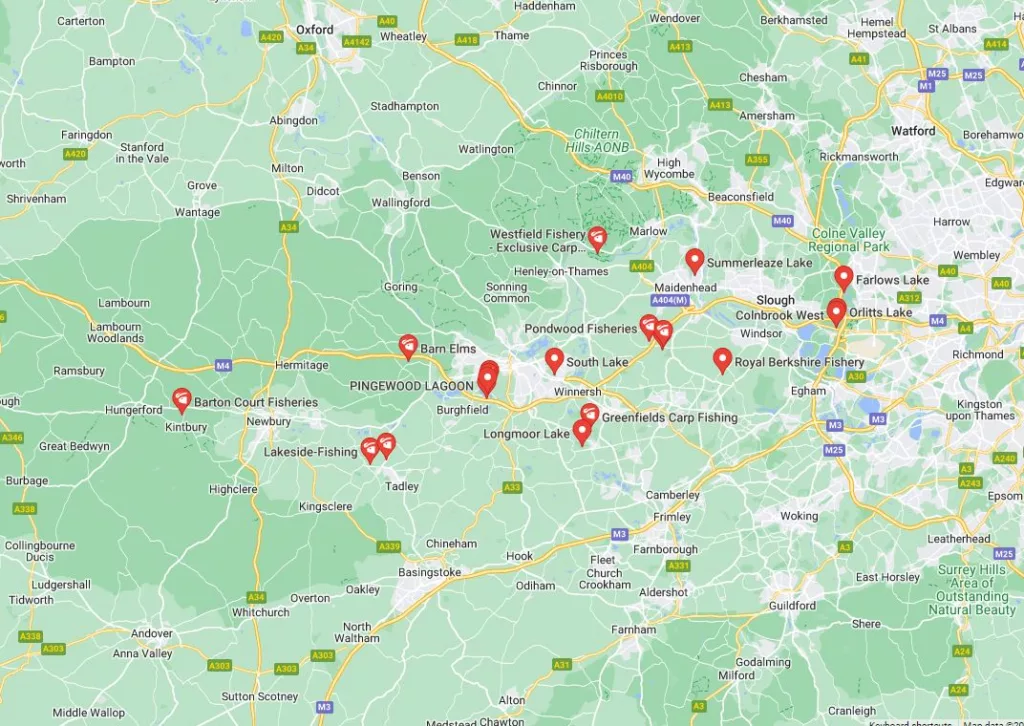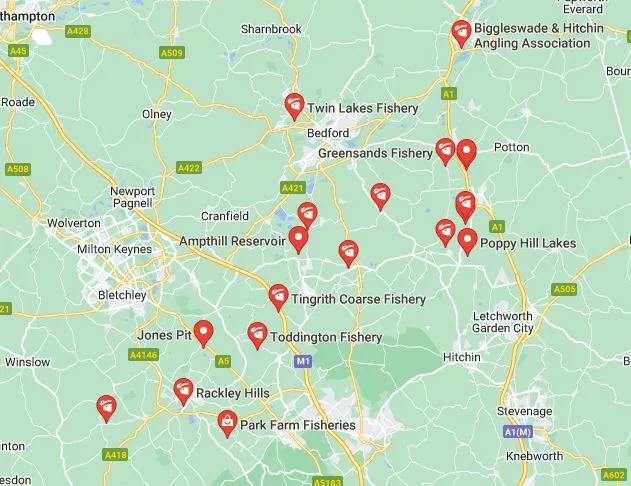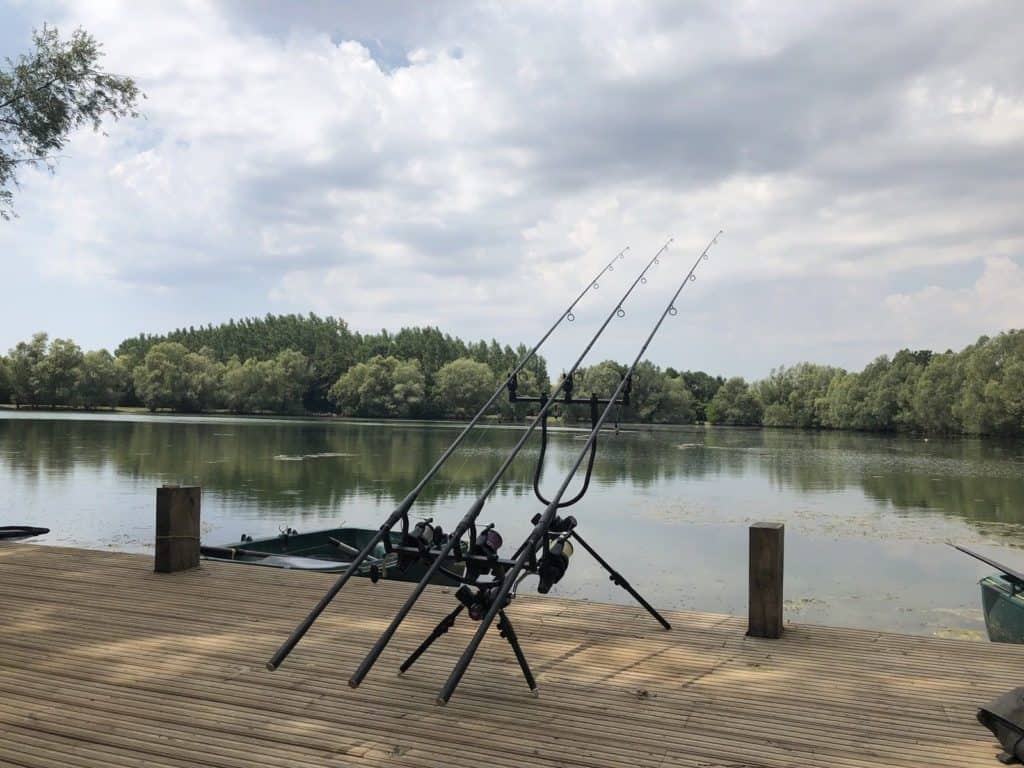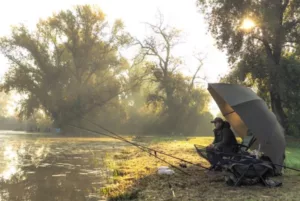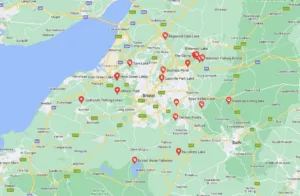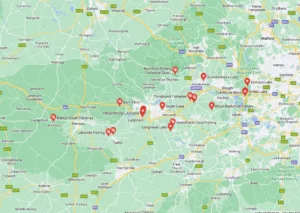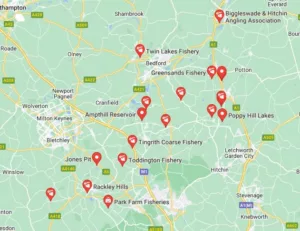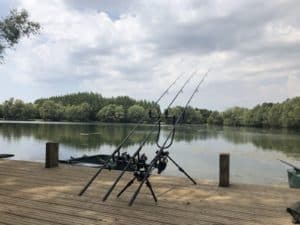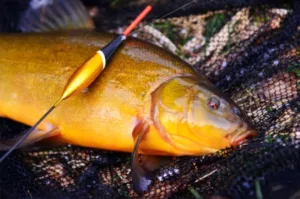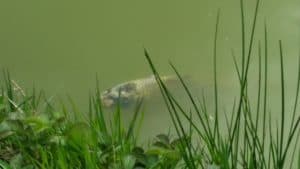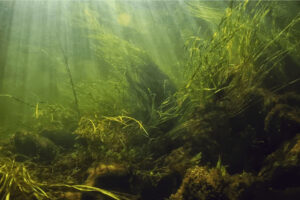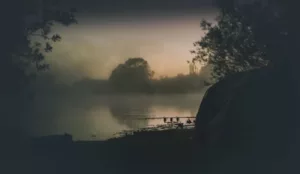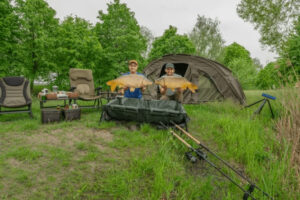Carp Feeding Habits 101
As a longtime carp angler, I’ve had the opportunity to observe these creatures up close and personal. Carp are curious, intelligent fish that have evolved to adapt to a wide range of environments. They are also opportunistic feeders, which means they will eat just about anything. In this blog post, I’m going to give you a crash course on carp feeding habits. By the end, you’ll know everything there is to know about what these fish eat and how you can use that knowledge to your advantage when you’re out on the water.
Summary
1. Carp have a very diverse diet and get sustenance from a wide range of foods.
2. Carp have teeth inside their throat to help them crush food, as well as two appendages called barbules that protrude from their mouth area and aid in the detection of dissolved substances.
3. Carp are opportunistic feeders and will eat anything from fish eggs to dead rotting fish, snails, small crustaceans, water-borne insects, worms, plants, and algae.
4. In the winter months when food becomes scarce carp can subsist on the remnants of plant matter or other organic matter like dead and decomposing fish or animal matter on the lake floor.
5. Carp anglers use a wide variety of bait to catch carp including boilies (balls of ground up bait), pellets (smaller balls of ground up bait), groundbait (very fine consistency similar to dirt made up materials like corn or mole poop) , tiger nuts , sweetcorn ,and live bait .
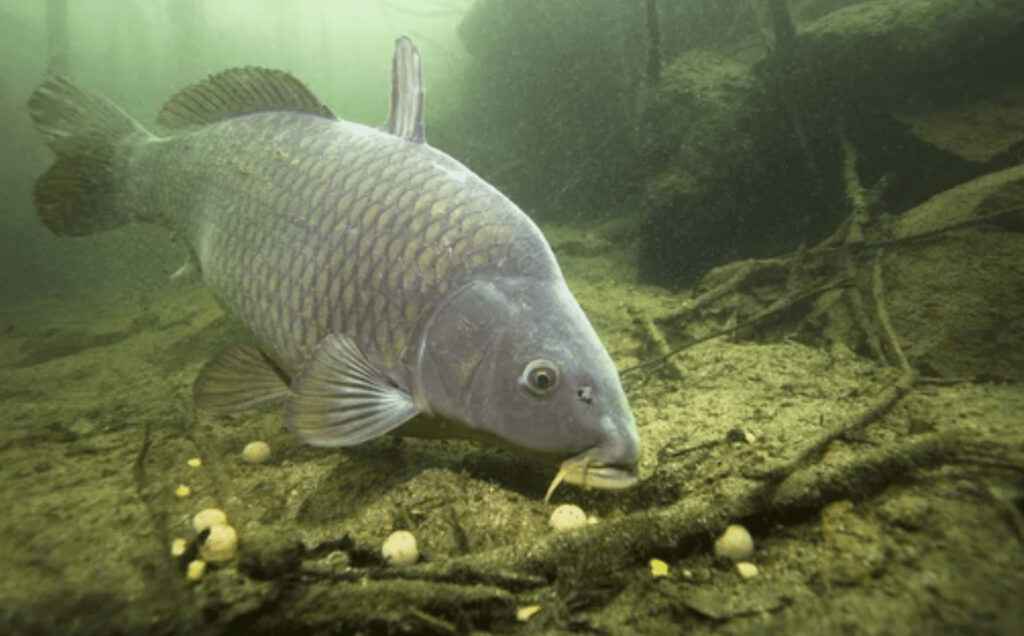
How Do Carp Eat
Carp are a type of freshwater fish that are native to Europe and Asia. They are opportunistic feeders, which means that they will eat just about anything they can find, including fish eggs, dead rotting fish, snails, small crustaceans, water-borne insects, worms, plants, and algae. Carp are bottom-feeders, which means that they spend most of their time near the bottom of the lake or river where they live. This is because there is more food available near the bottom of the water than there is near the top. Carp are generally not considered to be good to eat because they often contain high levels of mercury. However, in some parts of the world, carp are considered to be a delicacy.
Carp have teeth inside their throat to help them crush food, as well as two appendages called barbules that protrude from their mouth area and aid in the detection of dissolved substances. Carp are omnivorous and feed on algae, aquatic plants, invertebrates, and small vertebrates. They are an important food source for other animals, such as ducks, herons, and otters. Carp are typically found in slow-moving waters, such as rivers, lakes, and ponds.
Background of Carp and How they Feed
Carp are notorious for their ability to survive in different environments and thrive in waters with high levels of pollution. Carp can grow to be very large, up to four feet long, and weigh over fifty pounds. They are bottom-dwelling fish and have very robust bodies. Carp have scales that are hard and tough, which helps to protect them from predators. Carp have a very long lifespan and can live up to forty years.
In the winter months when food becomes scarce carp can subsist on the remnants of plant matter or other organic matter like dead and decomposing fish or animal matter on the lake floor. Carp are able to detect these food sources using their sensitive barbels, which are long, thread-like appendages that grow from their head. Barbels help carp to feel their way around in murky water and also aid in feeding. Carp are opportunistic feeders and will eat just about anything they can find. This ability to adapt and survive in different conditions has helped carp to become one of the most widespread freshwater fish in the world.
Carp Fishing Bait Fed by Anglers
Carp are a popular target for anglers because they put up a good fight and can grow to a large size. To catch carp, anglers use a variety of baits including boilies, pellets, groundbait, tiger nuts, sweetcorn, and live bait. Boilies and pellets are made from ground-up bait fish or other meaty substances. Groundbait is a very fine mixture of ingredients that carp find irresistible. Tiger nuts are actually edible tubers that grow in marshes and riverbeds. Sweetcorn is a common ingredient in commercial carp baits and is also effective when used on its own. Live bait can be anything from small fish to earthworms. Carp anglers experiment with different baits to find what works best in their local waters.
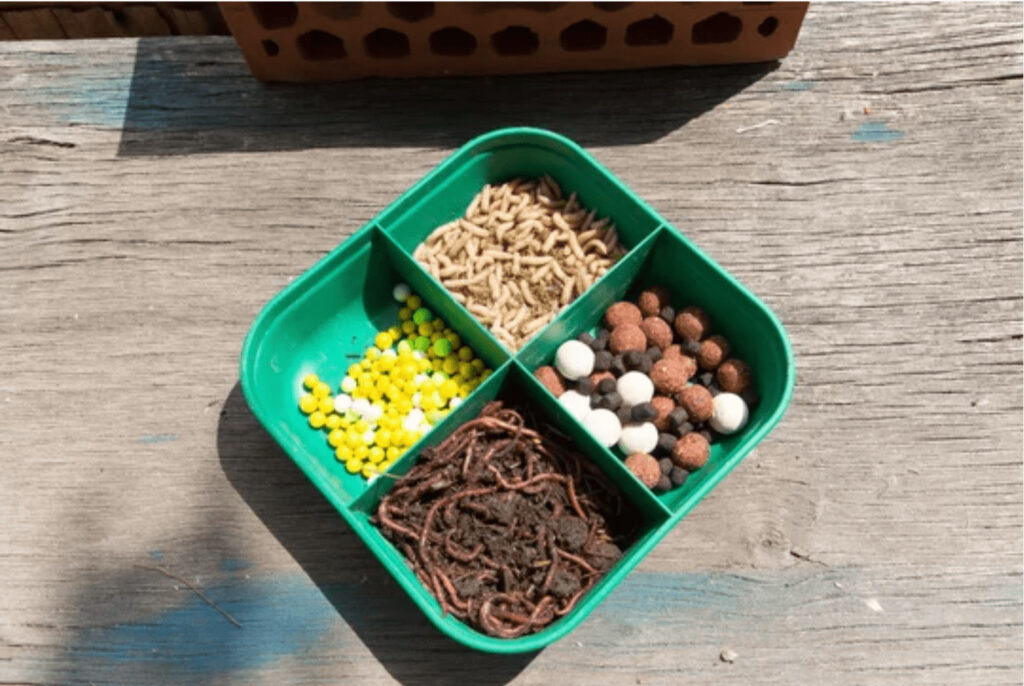
What Do Carp Eat – Natural Foods
Carp are bottom-dwelling fish, which means that they spend most of their time near the bottom of the water column. Carp are omnivorous, which means that they will eat just about anything they can find. This includes insects, crustaceans, small mammals, and even other fish. Leeches are a type of worm that lives in freshwater environments. They attach themselves to larger animals, such as fish, and feed on their blood. Carp will not pass up the opportunity of a leech as a meal. In fact, leeches make up a large part of the carp’s diet. Because of this, leeches play an important role in the carp’s ecosystem. Without them, the carp population would likely decrease.
Carp are omnivorous fish that feed on a variety of plant and animal matter. Their diet consists of aquatic vegetation, invertebrates, leeches, snails and other crustaceans, freshwater clams and zebra mussels, detritus, and other live or dead fish. Let’s discuss the carp’s feeding habits in greater detail.
Summary
- Aquatic vegetation: Carp will feed on the roots, main plant, and also seeds of aquatic vegetation.
- Invertebrates: While foraging in weedy areas, carp will often focus on invertebrates that are using the vegetation as cover.
- Leeches: Carp will not pass up the opportunity of a leech as a meal.
- Snails and Other Crustaceans: Just like clams and mussels, if a carp happens upon a snail or other crustacean, its molars will make quick work of the protective shells that these creatures use as defenses versus most other predators.
- Fresh Water Clams & Zebra Mussels: With the Carp’s naturally powerful molars, it is able to crush the shells of mussels exposing the edible flesh inside.
- Detritus: Detritus is decaying plant matter that has built up on the bottom of some water bodies – carp can be seen sifting through detritus, picking up invertebrates and edible plant matter then discarding the inedible morsels with their accordion-like mouth.
- Carp have been known to feed on other live or dead fish
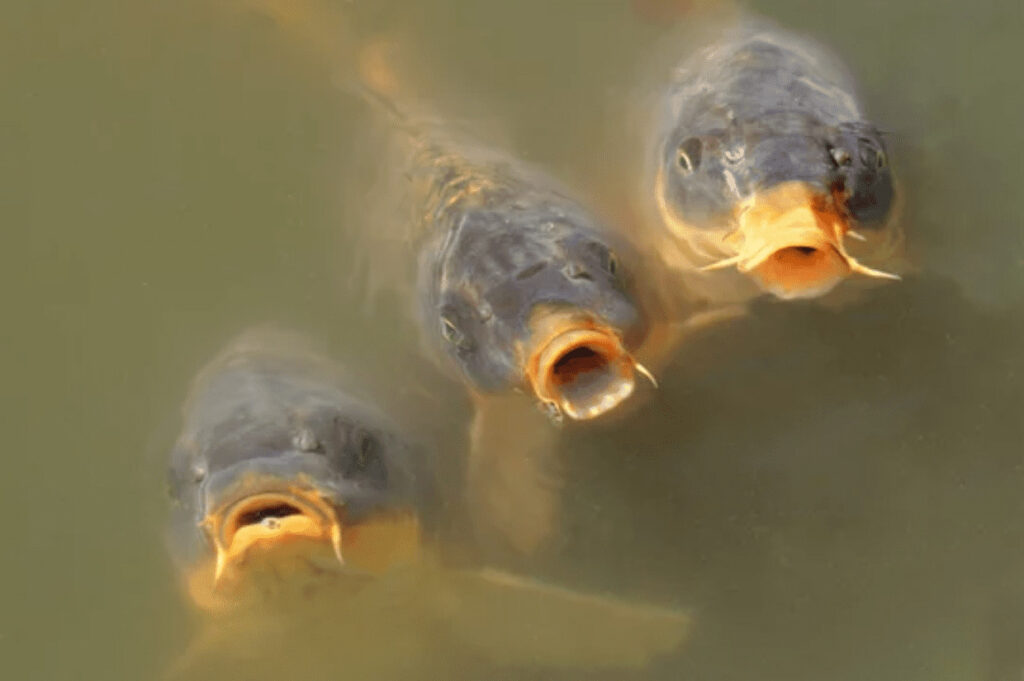
Carp Feeding Habits on Aquatic Vegetation
Carp are notorious for upending aquatic vegetation in their search for food. They will feed on the roots, main plant, and also seeds of aquatic vegetation. This type of feeding can have serious consequences on the health of aquatic ecosystems. When carp uproot plants, they destabilize the sediment in the water body. This can lead to increased turbidity (suspended sediment in the water) and decrease dissolved oxygen levels. Excess sediment in the water can also smother habitats and impact the growth of other aquatic plants. Furthermore, when carp eat plants, they prevent them from completing their life cycle and reproducing. This can lead to a decline in plant biodiversity. All of these impacts can have devastating effects on aquatic ecosystems.
Aquatic vegetation is a vital part of any freshwater ecosystem. Not only does it provide food and shelter for fish and other aquatic creatures, but it also helps to regulate water quality and prevent erosion. Unfortunately, aquatic vegetation can also be a nuisance when it grows too densely. Carp are a particularly destructive type of fish that feeds on the roots, main plant, and seeds of aquatic vegetation. As a result, carp can quickly destroy large areas of vegetation, disrupting the ecological balance of the ecosystem. In addition to being a nuisance, carp can also spread disease and parasites to other fish. As such, it is important to control the carp population in order to protect the health of an aquatic ecosystem.
Carp Feeding Habits on Invertebrates
While foraging in weedy areas, carp will often focus on invertebrates that are using the vegetation as cover. These animals provide an easy meal for the carp with very little effort expended. This type of feeding can have negative impacts on populations of invertebrates. When carp consume large numbers of invertebrates, they can reduce the abundance of these animals in an ecosystem. This can have far-reaching consequences because invertebrates play a vital role in the food web; they are an important food source for other animals such as fish, amphibians, reptiles, birds, and mammals. Consequently, declines in invertebrate populations can lead to declines in other animal populations as well.
If you’ve ever had the misfortune of stepping on a snail, you know that their shells offer them significant protection from would-be predators. However, carp are one type of animal that designates snails and other crustaceans as a significant part of their diet. Carp have molars that enable them to crush through the hard shells of these creatures with ease. This provides a nutritious meal for the carp while simultaneously clearing the area of some potential pest species. So, if you’re concerned about the overpopulation of snails or other crustaceans in your area, consider stocking some carp! Just be sure not to step on them yourself.
Carp Feeding Habits on Clams & Zebra Mussels
Freshwater clams and zebra mussels are another favorite food source of carp. With the Carp’s naturally powerful molars, it is able to crush the shells of mussels exposing the edible flesh inside. While this provides an easy meal for the carp, it can have dire consequences for clam and zebra mussel populations. Mussel beds play an important role in freshwater ecosystems; they provide habitat for other animals and help to filter pollutants from the water column. When carp decimate mussel beds, they degrade water quality and destroy critical habitats.
Freshwater mussels are an important part of the ecosystem. They help to filter water and provide food for other animals. Unfortunately, they are also under threat from invasive species such as carp. Carp are a type of fish that originally came from Asia. They were introduced to North America in the 1800s and have since spread throughout the continent. Carp are destructive to mussel populations because they eat them. They are also able to crush the shells of mussels with their powerful molars, exposing the edible flesh inside. As a result, carp pose a serious threat to the survival of freshwater mussels. There are several ways to combat this problem, including removing carp from affected waterways and creating barriers to prevent them from spreading. However, it is clear that more needs to be done to protect these important creatures.
Carp Feeding Habits on Detritus
Detritus is decaying plant matter that has built up on the bottom of some water bodies – carp can be seen sifting through detritus, picking up invertebrates and edible plant matter then discarding the inedible morsels with their accordion-like mouth. While feeding on detritus does not have any direct negative impacts on aquatic ecosystems, it can indirectly impact water quality by stirring up sediments that had settled on the bottom of ponds or lakes.
Detritus is a type of organic matter that is made up of decomposing plants. It is usually found on the bottom of water bodies, such as lakes and ponds. Carp are a type of fish that often feed on detritus. They use their accordion-like mouths to sift through the decaying plant matter, picking out invertebrates and edible plant matter. The carp then discard the inedible parts of the detritus. In addition to providing food for carp, detritus also plays an important role in the ecosystem. It helps to recycle nutrients and provides a home for many small animals.
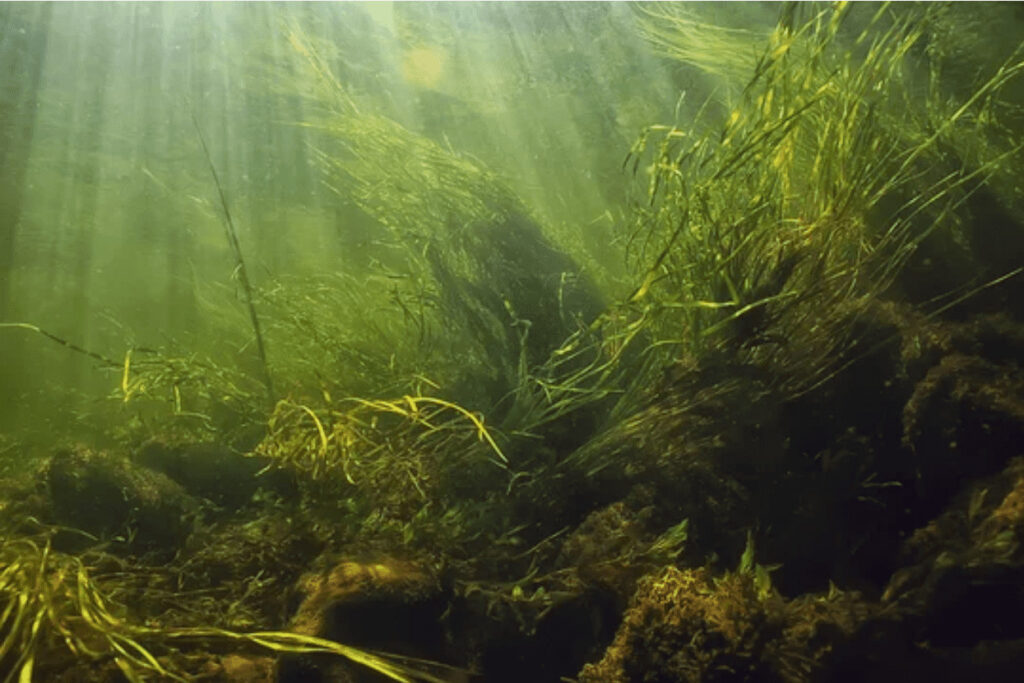
Natural Baits – Conclusion
Carp are widely considered to be a nuisance species because of their voracious appetites and destructive feeding habits. However, it is important to remember that they are just doing what comes naturally to them – they are simply trying to survive! While their feeding habits can have negative impacts on aquatic ecosystems, we must remember that they are a vital part of those ecosystems as well; they play an important role in the food web by providing food for other animals such as fish, amphibians, reptiles birds, and mammals. So next time you see a carp rooting around in the mud or munching on some aquatic plants, try to appreciate them for all that they do!
They are known to uproot vegetation and stir up the bottom of lakes and ponds, making it difficult for other animals to live in those areas. However, carp serve an important role in the ecosystem by eating invertebrates. These animals often live in weedy areas and can cause problems for native plants and animals. By eating the invertebrates, carp help to keep the population under control and prevent them from doing further damage. In addition, carp themselves are an important food source for many animals, including humans. As a result, they play a vital role in the food chain and help to maintain a healthy ecosystem.
Conclusion:
Now that you know all about what carp like to eat, you can start using that information to your advantage the next time you go fishing. If you understand the feeding habits of these fish, you’ll be able to choose baits and rigs that are much more likely to result in a big carp on the end of your line!
People also ask
What is a carp favorite food?
Carp are opportunistic feeders and will eat just about anything they can find. This includes fish eggs, dead rotting fish, snails, small crustaceans, water-borne insects, worms, plants, and algae. Carp are bottom-feeders, which means that they spend most of their time near the bottom of the lake or river where they live. This is because there is more food available near the bottom of the water than there is near the top.
What is the best bait for carp?
The best bait for carp depends on the individual angler and the local conditions. In general, carp are attracted to baits that are high in protein and have a strong smell. Common baits used to catch carp include boilies, pellets, groundbait, tiger nuts, sweetcorn, and live bait. Carp anglers experiment with different baits to find what works best in their local waters.
Further Reading
I have made a lot of mistakes during my fishing sessions and don’t want you to make the same mistakes. I’ve learned the hard way over 20 years of fishing most weekends, testing, tweaking, and testing again and now want to help you excel with your carp fishing.
If you need any help, you can reach me at Fishing Again’s Facebook page
Last Updated on January 31, 2024 by Shane

